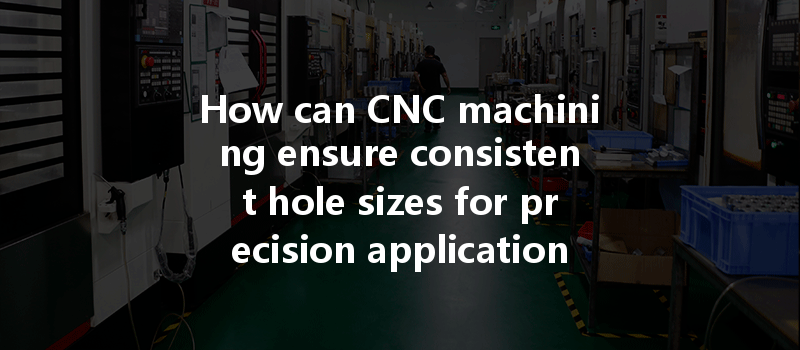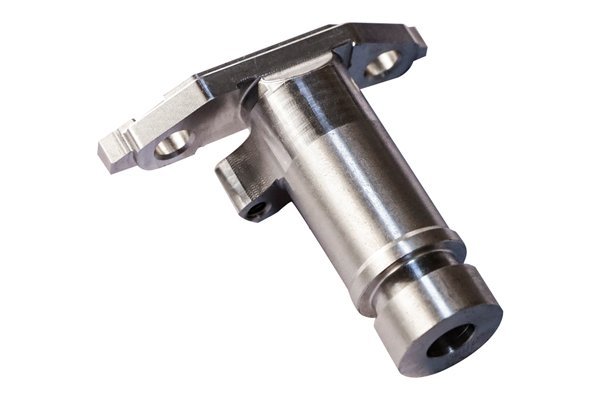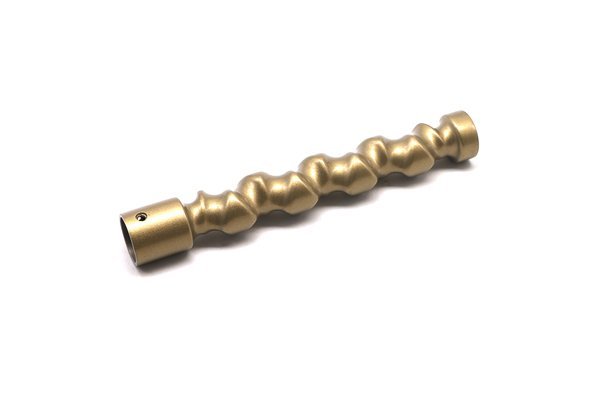Did you know that a mere change in temperature can cause a machining tolerance to shift by up to 0.002 inches? In the world of CNC (Computer Numerical Control) machining, this minute variation can mean the difference between a component’s success or failure in its application. In industries where precision is paramount—from aerospace to medical—consistent hole sizes can be critical. This blog will delve into the intricacies of how CNC machining achieves precision, the techniques implemented, and best practices to ensure that your components meet exact specifications every time.
Understanding CNC Machining
Before we dive deeper into ensuring consistent hole sizes, let’s establish a foundational understanding of CNC machining. CNC machining is a subtractive manufacturing process where predefined computer-generated codes control the machinery, allowing for precision in cutting, shaping, and finishing workpieces. This technology allows manufacturers to produce complex parts with tight tolerances, consistently and repeatedly.
Accuracy vs. Precision
While the terms “accuracy” and “precision” are often used interchangeably, they are not synonymous in the realm of CNC machining.
In CNC machining, achieving both accuracy and precision is essential for consistent hole sizes.
Factors Affecting Hole Size Consistency
Before we explore solutions to ensure consistent hole sizes, it’s crucial to understand the various factors that can affect the final dimensions:
Key CNC Machining Techniques for Consistency
To ensure that hole sizes remain consistent, several practices and techniques can be employed:
Choosing the right tools is fundamental in CNC machining. Here’s how to ensure tool effectiveness:
Optimizing cutting parameters can dramatically improve hole size consistency:
How the workpiece is set up can have a significant effect on whether hole sizes remain consistent:

Regular maintenance is vital for consistent performance:
Temperature control is pivotal in CNC machining:
Implementing robust quality control can catch inconsistencies before they become bigger issues:
Advanced Techniques in CNC Machining
As technology continues to evolve, CNC machining incorporates advanced methodologies to achieve greater precision:
Digital Twin technology creates a virtual model of the machining process. It allows manufacturers to simulate machining activities, optimize processes, and predict potential issues before they arise.
Adaptive machining involves real-time adjustments to cutting conditions based on feedback from sensors. This approach helps manage variations that may arise during the machining process, improving consistency.
Using data analytics, CNC machines can predict when a tool requires maintenance. This predictive approach can minimize unexpected tool changes and ensure that production runs without interruptions.
AI can assist CNC machining by analyzing data from previous production runs. By learning from past performance, AI can suggest optimal cutting parameters and adjustments to enhance precision.
Consistency in hole sizes is not just an additive benefit but a necessity that defines the success of CNC machining in precision-driven industries. From understanding the fundamental concepts of CNC machining to employing best practices in tool selection, machine calibration, temperature control, and advanced technologies, manufacturers can achieve the accuracy and reliability required in their precision applications.
By recognizing the myriad factors that can impact hole sizes and implementing robust quality control measures, production facilities can enhance their machining operations. Remember, the significance of consistency in hole sizes eventually cascades into the products these components belong to, affecting overall performance.
Reflecting on all that we’ve discussed, remember that the pursuit of precision and consistency in CNC machining is an ongoing journey that requires commitment and insight. As technology advances, so too must our practices evolve to maintain that essential quality.
Invest in knowledge, invest in your machining processes, and ensure your products stand at the forefront of quality and reliability. After all, in the world of precision machining, the smallest details often lead to the greatest outcomes.






